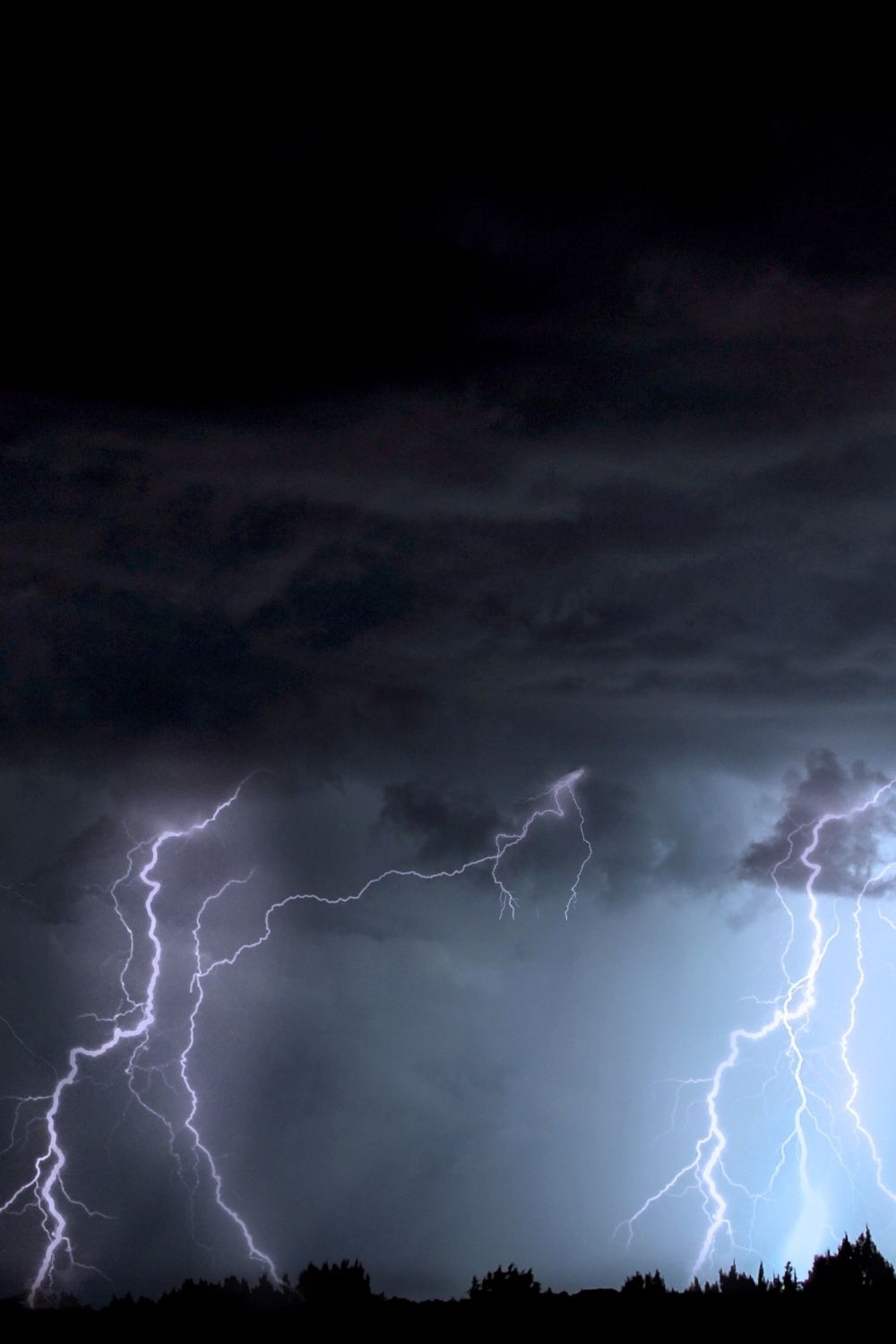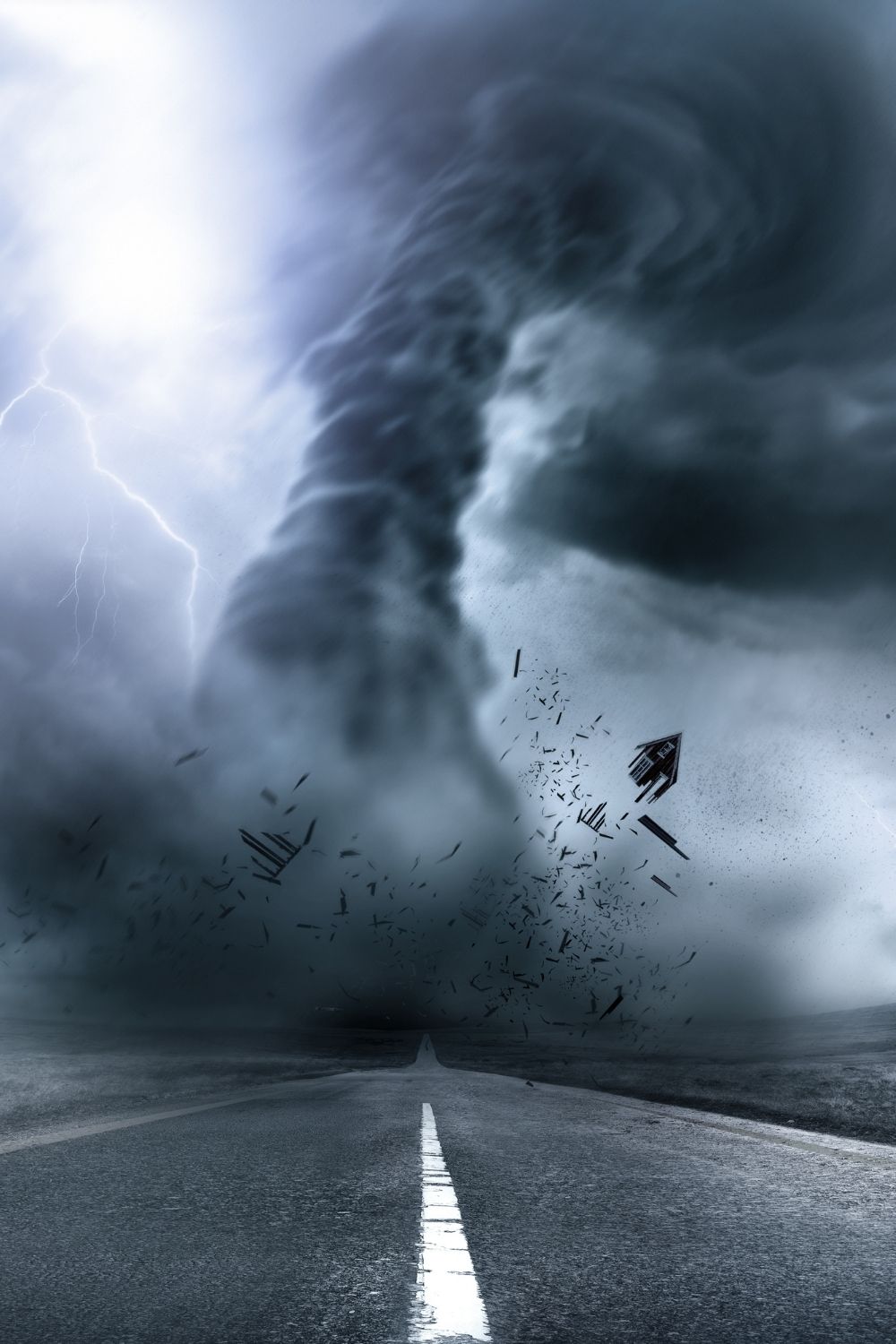Severe weather can come out of nowhere. Here are some tips on how To Protect Your Home & Family During Severe Weather
How To Protect Your Home & Family During Severe Weather
According to a recent study, there has been a significant rise in the number of extreme weather events over the past 20 years, “driven largely by rising global temperatures and other climatic changes.” As a result, you’ve likely seen your fair share of weather warnings on local or national news channels, encouraging you to stay indoors when reports predict a turn for the worst.
However, while most people remain largely unaffected by stream weather (aside from a few canceled plans here and there) you must know how to protect your family and home during an emergency. Not only will this help you to
maximize your family’s safety, it will also help you prevent costly damage to your home.
Here are some top tips to get you started.
Take preventative measures. Severe weather conditions, from storms to floods, can be quite unpredictable. While government bodies aim to hand out weather warnings approximately a week ahead of time, this is not always possible. This means it’s better to put preventative measures in place to protect your home, instead of trying to do so last minute. For example, you should carry out regular maintenance to your home, such as by taking proper care of your home’s roofing system. This is essential as, without proper maintenance, a damaged roof could leave your home more vulnerable to serious damage.
Have a supply of food and drinks to hand.
If weather warnings encourage you to stay at home, you must have access to plenty of food and drink. It’s also important to note that in some cases, you may not have access to electricity or the means to cook, meaning you should focus on dry food and goods that do not need to be refrigerated. You may also want to look into companies such as Valley Food storage, which provide homeowners with a suitable food storage option, such as a Long-Term food kit, to safely and securely store food during emergency situations.
Secure outdoor furniture.
If you’re used to hosting stunning garden parties throughout the year or spend a lot of time making your garden look beautiful, you likely have a lot of furniture in your garden that must be secured should you be expecting bad weather. This is because these items can be picked up by extreme winds, causing damage to the property and potentially injuring others. If you don’t have the means to secure the furniture, try to move as much of it as you can indoors.
Explain to your children what is happening.
Experiencing extreme weather, even from the safety of your own home, can be scary – especially for younger children who might not understand what is happening. This also means they might not know how to behave, or what they should do. As such, you should find an age-appropriate way to discuss what is happening with them, and the safety measures they need to take. You may find this Emergency Safety Guide for Kids to be useful during this time.
Bring your pets indoors.
Whether you are a dog person or a cat person, it’s also important that you work to keep your pets safe during extreme weather. Keep them inside with you during adverse weather, even if they usually spend most of their time outdoors. Ensure that you have a supply of food and water to hand. Try to set up a space in the home where they can retreat to for some privacy if they are feeling stressed or overwhelmed by what is happening around them. You should also make sure you have a suitable pet carrier in your home should you be required to evacuate.
Invest in power banks and portable chargers.
During an emergency, it’s important that you’re able to stay connected, whether you’re following news reports or keeping in touch with nearby relatives. This will be impossible, however, if your phones and devices run out of battery and the electricity is down. As a result, you should invest in some power banks or portable chargers, so that you’re able to stay safe or informed. On a similar thread, you should also invest in torches to use during power cuts.
Know what to do after the extreme weather has passed.
Once you are in a safe situation again, it’s time to figure out what to do next. You should first begin by reaching out to friends, family, and neighbors to ensure that everyone is safe and accounted for. If you have sustained any injuries, seek medical attention if necessary, or help others get to a safe place such as a medical center or hospital if they need it. Continue to listen to the news and weather reports for further updates or warnings.
Assess damages.
Next, you should thoroughly inspect your property for any damage, taking pictures of anything you see or notice. You should then reach out to your home insurance provider as early as possible, to begin the process of making a claim. Remember, this could take some time as if your property is damaged, the likelihood is that a lot of others in your neighboring area were too. This could also mean that you may find it hard to reach out to handymen or repairs teams, as their workload will increase exponentially. In some cases, this could mean that you can try out a little DIY. For example, if your roof was damaged during the storm, you could tarp the roof until a repairman can schedule a visit. This will protect your home from future damage. However, some work must be left to the professionals, especially tasks that could be dangerous without the proper training (i.e anything involving electricity or plumbing systems).
Try to keep calm. Staying calm during an emergency situation is vital, even though it’s easy to get overwhelmed. When we allow stress to take hold, we do not act rationally, meaning we could be putting our safety (and that of others) at risk through erratic or risky behavior. As such, you should aim to keep calm and relaxed throughout. Follow government guidance, stay indoors, and evacuate if instructed to do so.


Leave A Reply!